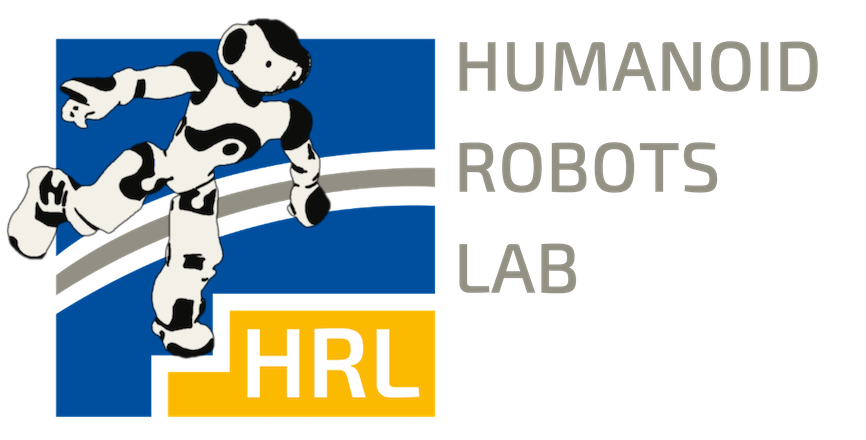Trust, (Dis)Comfort, and Voice Quality: Anthropomorphism in Verbal Interactions with NAO
Authors:
C. Thimm, P. Engelhardt, P. Nehls, J. Hens, M. Biehler, C. Hermanns, P. Huzel, M. Bennewitz, J. Mücke, N. DenglerType:
PosterPublished in:
HCI International 2024 PostersYear:
2024Links:
BibTex String
@inproceedings{Thimm24hcii,
title={Trust, (Dis)Comfort, and Voice Quality: {A}nthropomorphism in Verbal Interactions with {NAO}},
author={C. Thimm and P. Engelhardt and P. Nehls and J. Hens and M. Biehler C. Hermanns and P. Huzel and M. Bennewitz and J. Mücke and N. Dengler},
booktitle={Proc. of the International Conference on Human-Computer Interaction (HCII)},
year={2024} }

Abstract:
The endeavour to develop technologies which approach human faculties, whether in functionality or physical resemblance, has gained heightened momentum, leading to intensified attention to anthropomorphism in human-machine interaction. Anthropomorphism can be characterized as the process of attributing human properties, such as motivation, behaviours, and social roles to non-human entities. This inclination is notably pronounced in interactions with social robots, which can exhibit varying degrees of human-like attributes such as facial expressions and voices resembling those of human. Human-like voices. With machines becoming increasingly conversational and escalating expectations for more personalized interactions, voice-based interfaces have assumed more and more significance in human-machine relations. In this study, two groups of participants (A, B) verbally interacted with a NAO robot about an emotionally charged topic (‘depression’). In group (A) NAO’s voice was synthetic. In group (B) NAO's voice replicated a female human voice, created from a pre-recorded voice sample. Visual analysis during interactions and post-experimental interviews showed that NAO's voice significantly contributed to emotional states like feelings of uneasiness or discomfort. A majority of participants described the relationship between the physical appearance of NAO and the human-like voice as incongruent. In the post-experimental interviews, participants indicated ambivalent attitudes, with references to the uncanny valley phenomenon. The following paper argues that voice-based anthropomorphization can be disrupted by artificial embodiment and inappropriate topics.

